
A healthy dose of fire: prescribed fires at Parks Canada
A prescribed fire is a highly planned and managed fire ignited by trained fire specialists. These fires can help create more resilient landscapes, communities and ecosystems. Prescribed fires can even help increase an ecosystem’s resilience to climate change. Parks Canada has used prescribed fire as a tool for over 40 years to restore ecosystems.
Most requested
Watch how prescribed fires help La Mauricie National Park to create healthy forest ecosystems years after a fire
Transcript
[Background sounds of birds chirping and forest ambiance]
The scene opens in a boreal forest, showcasing various tree species such as White Birch, White Pine, Balsam Fir, Spruce, and Red Maple with labels appearing one by one.
A red helicopter bearing the Parks Canada logo hovers above, dropping fire starters into the forest, initiating a controlled burn. Flames ignite along the forest floor, gradually filling the sky with smoke.
Fast-forwarding in time, the post-controlled-burn landscape is revealed. Some trees are fully burned, while others show lower-level scorching, resulting in a more open forest.
A timeline appears at the top of the screen, marking key phases in the restoration process. Une frise chronologique apparaît en haut de l’écran, marquant les étapes clés du processus de restauration.
One year post-fire: Some plants and small trees begin to regrow.
Two years post-fire: Forest regeneration continues, with the return of animals such as butterflies, moose, and hare. A bar graph illustrates the density of white pine regrowth per hectare, indicating 16,589 trees at this stage.
Twenty-five years post-fire: The forest is fully rejuvenated, depicted by a lush green landscape. The final count of regenerated white pine trees per hectare is 11,980.
Government of Canada logo
Fire seasons are becoming longer, hotter, drier, and more severe with climate change. Parks Canada’s National Fire Management Program uses prescribed fires to help prevent large, uncontrolled wildfires.
Watch how Parks Canada applies prescribed fire in Banff National Park
Text transcript
It can feel like the climate is changing faster than we can react.
But there are people doing good work.
There is a Climate Crew.
So I'm part of a team of fire scientists and vegetation ecologists here in Banff.
There are teams like us all across the country.
We're part of this big climate crew that's doing all sorts of things to mitigate the impacts of climate change.
Welcome to today's operational briefing for the Compound Meadows prescribed fire.
We're going to be trying to complete the structure protection on the town of Banff generator.
To achieve today's incident objectives, the Ignition Group is going to be led by Jane as the ignition specialist.
Ground operations are led by me.
Quick reminder to have your sleeves rolled down. Proper PPE.
Okay. Thanks, everybody.
Have a good day and be safe and we'll talk to you out on the fire line.
With the effects of climate change we have potential for longer fire seasons,
bigger fires, and with 100 years of fire suppression and this buildup of fuels on the landscape,
it means that a lot of times our fires will become much bigger and burn much hotter across the landscape.
So prescribed fire creates a mosaic on the landscape where fire has barriers.
In the absence of prescribed fire, a fire could just wipe out an entire watershed and the ecosystem as a whole.
Like in this area, this used to be dense forest and now you can see it's much more open.
Fires just got taken out of the ecosystem and as a result, the health of the ecosystem really declined and the quality of the habitat for wildlife also declined with it.
Fire is a really important process in our ecosystems, much like many other processes like flooding and avalanches.
You can see that there's still the remnants in the charcoal on the bark here from burning in 2003.
And so this area was part of that prescribed fire.
And it's pretty cool, you can actually see that the tree has protected itself with this really thick bark.
Well, different trees have different adaptations to fire because fire is a natural disturbance that's common in this area to rejuvenate the forest.
So even though there's less standing trees, it's still really good wildlife habitat.
That's right.
If this were to turn back into a meadow, a lot of the native grasses and forbes and plants that are you see on the ground here will flourish because there's more sunlight hitting the ground.
But actually these areas would have been maintained by fire, largely by Indigenous people who would have lived here before the park.
So the cultural burning has been on the landscape here for like millennia, but prescribed fire has only been in the last few decades.
That's right.
Yeah. We've been trying to restore more and more fire to the landscape and doing prescribed fires like the one that we're planning here on the Fairholme that are fairly large in scale.
Where we suppress fire, the vegetation or the trees are really dense.
And so that's represented over here by the really dense matchsticks and the community is represented by the marshmallows.
But in areas where we've done prescribed fire, the trees are more thinned out.
They're more spaced out.
Which means that the community over here is better protected from wildfire.
So the fire behavior triangle has three sides.
It's fuel, topography and weather.
The one thing that we can control is fuel.
And we can do that by removing vegetation either through hand crews, removing small trees and logs and shrubs.
Or we can do that with heavier equipment like commercial logging equipment to create fuel breaks, like the West Sulphur Fuel Break that protects the community of Banff.
So why didn't we just do a prescribed fire here?
Why did we go in and just log the trees?
We're logging in this area because it's safer than to do a prescribed fire so close to town.
And then we're going to combine it with prescribed fire down the road to maintain it.
And we need all the tools in the toolbox to make sure that the landscape in the national park is resilient to things like climate change and that we protect the community of Banff.
Deciding where to do a prescribed fire.
Science goes into fire management, both in predicting fire behavior and how we determine what type of fire that we're looking to restore to the land.
It's not an exact science.
We have to work with the weather that we're given, the sites, the amount of fuel and vegetation that's on the ground.
And so a lot of how we restore fire to the land is based on experience.
And that may mirror largely what indigenous people in this area would have done in the past too.
We burn in Parks Canada for a very specific ecological reasons.
So if we want to restore grizzly bear forage like buffalo berry, we try to figure out what kind of fire creates healthy buffalo berry bushes, and then we figure out what kind of weather creates the type of fire that creates the good buffalo berries.
And then on the day that we go to burn, we have to work with whatever weather we have across the landscape.
I love the fact that the work that we do has tangible, visible impacts on the ecosystem.
Fire, managed appropriately, will always increase the resilience of that ecosystem to things like climate change or the negative impacts of wildfire.
Fire deficit
Fire has always been a natural, beneficial and regenerative process on the land. Many Indigenous peoples used fire for thousands of years to maintain areas for medicines and habitat for hunting. Yet for over 100 years, Fire and Game Wardens suppressed all fires in national parks. Cultural burning practices were no longer allowed. Removing fire from the land created many unintended negative outcomes.
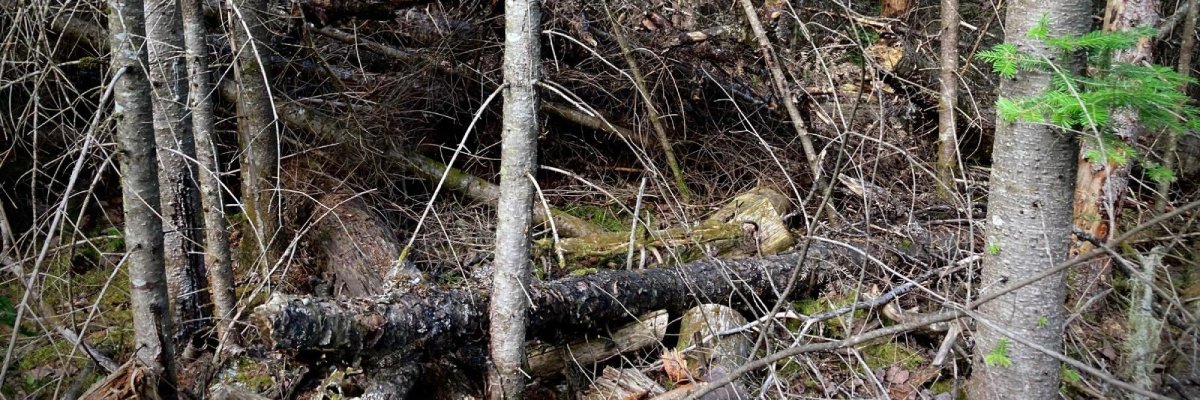
Not only was Indigenous Knowledge related to fire lost, ecosystem health and quality of wildlife habitat was reduced. Forests became less diverse, and their resilience to pests and disease decreased. Vital grassland meadows also shrank due to encroaching shrubs and trees. The build-up of dead wood and thick undergrowth continues to serve as fuel for bigger and hotter fires.
Learn about the negative effects of suppressing fire and the benefits of prescribed fire in mountain national parks:
By the light of the prescribed fire
Text transcript
[Seth Cherry] Fire suppression is any tactics that are
used to control or extinguish a wildfire once it starts.
[Lac of diversity
Fire suppression really has resulted in a lack of diversity in our forests.
We get forest stands that are all the same age. Lots of the same species.
The canopy closes.
Sunlight is not reaching the forest floor.
So really, a monoculture of sorts.
Monoculture
Over many years of fire suppression, we've seen reductions in wildlife habitat.
We lose open areas where forage grows for a number of different species.
Prescribed fire
Prescribed fire is a really important tool to increase the diversity of our forests.
We wait until the weather conditions are just perfect for our prescribed fires.
We're looking at things like humidity, temperature, wind speed
and wind direction, and making sure that everything is aligning so that we can
open up the forest canopy, allow species like grasses and forbs
that are really suitable to a number of wildlife species.
The end result of that is a more resilient forest.
Remedy for better health
Many plants and animals have evolved alongside fire. Some even depend on fire for survival. Prescribed fire is one tool we use to help us achieve ecological integrity across many ecosystems. They support ecosystem regeneration and the creation of wildlife habitat. By restoring fire to the land, Parks Canada is helping to regenerate healthy ecosystems.

Ecosystem regeneration
Fire is a naturally regenerative process and can provide a fresh start for an ecosystem. Fire helps thin the forest and open up the canopy, allowing more sunlight to reach the forest floor. This provides space for trees of different ages to thrive. Greater airflow helps dry the soil, reducing the occurrence of fungal disease like Blister Rust.
Fire also releases and recycles nutrients into the soil by reducing woody debris and other organic matter into mineral-rich ash. Some species even need fire to survive: the Lodgepole Pine, Jack Pine, and Pitch Pine, rely on fire to release their resin-sealed seeds. Whitebark Pine and Eastern White Pine rely on fire to create spaces where young trees can sprout and grow.
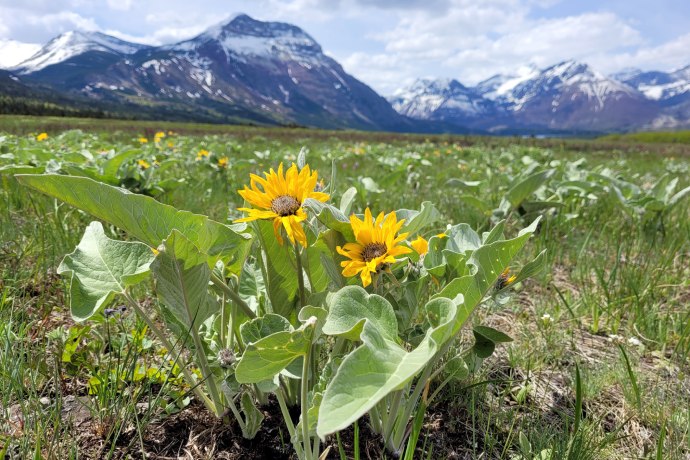
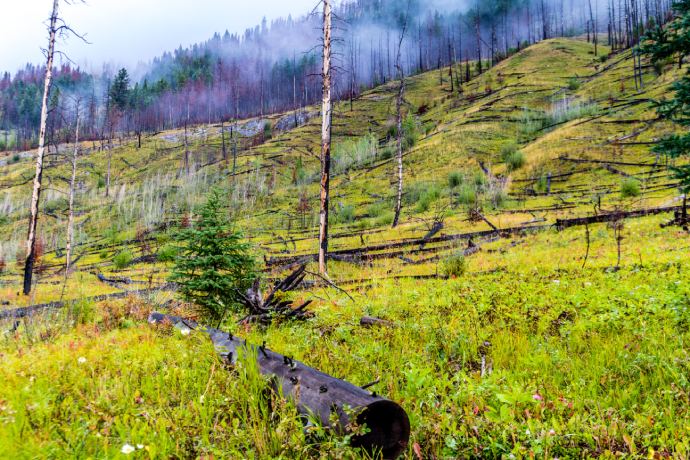
Watch this video about how prescribed fires support a new generation of pine trees at La Mauricie National Park:
A new generation of pine trees at Moucheté Lake
Text transcript
Learn about one of the oldest prescribed fires in La Mauricie National Park.
The Moucheté Lake fire in 1995.
This was the first prescribed fire to restore white and red pine in the park.
The white pine population is aging and has declined dramatically.
Because of past logging activity, disease, and forest fire suppression.
Fire is essential to the survival of the pine trees.
It thins the forest, which provides more light for seedlings.
The air circulates better and dries the undergrowth more quickly.
Making the forest more resistant to disease like blister rust.
The growth of new pine seedlings has been monitored since 1995.
To determine the success of the post-fire regeneration.
The objectives are met!
A new generation of pine is established.
Thanks to Parks Canada's conservation and restoration program, the park's forest is in good hands!
Like. Comment. Share.
pc.gc.ca/parksinsider
Parks Canada
Canada
Wildlife habitat
Prescribed fires can benefit wildlife in many ways. Parks Canada uses prescribed fires to help create healthy habitats and ecosystems. Moose, bears, elk, sheep, and deer love to feed on the freshly regenerated grasses and plants. Bark beetles and other insects colonize burned trees.
Drawn to the insects, woodpecker populations can increase 50 times after a fire! Snowshoe Hares prefer the newly opened habitat, and the Canada Lynx love to hunt hares. Prescribed fires can also help prevent the spread of invasive species, like crested wheatgrass, as well as insects and diseases like spruce budworm. They are an effective tool for keeping shrubs from overtaking forest and grassland ecosystems as well.
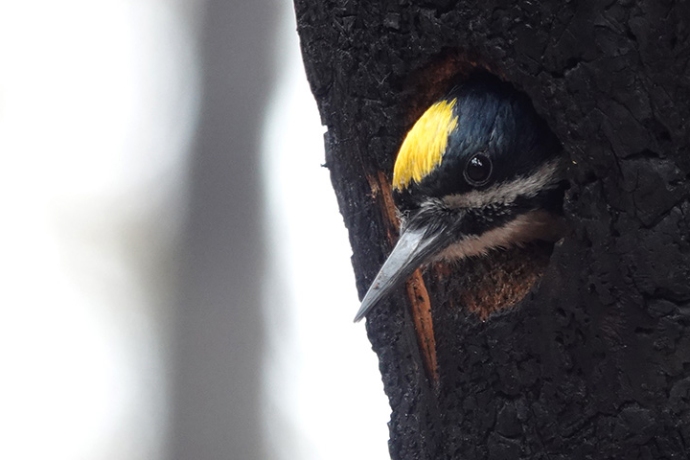
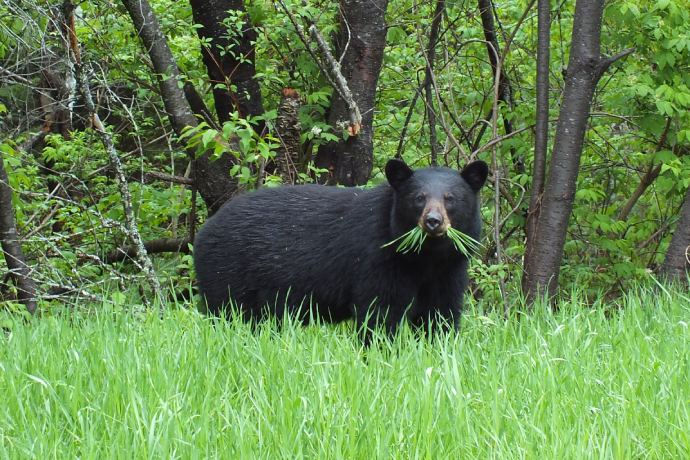
If we want to restore Grizzly Bear forage like Buffaloberry, we try to figure out what kind of fire creates healthy buffaloberry bushes, and then we figure out what kind of weather creates the type of fire that creates the good Buffaloberries.
Prescribing fire
Prescribed fires are complex operations that can require several years of preparation and safety planning. They are set under predetermined conditions to achieve specific goals. A lot of science goes into prescribing fire. First and foremost, we need to determine what type of fire is needed to achieve our objectives. We then use data to predict how that fire will behave.
“Prescriptions” are all of the necessary conditions and steps that must be met for safe and effective fires. The safety of our crews, the public, infrastructure and neighbouring lands are our top priority when planning prescribed fires. Our fire management teams consider many things when planning prescribed fires, from:
- fuel type and quantity on the land (trees, bushes, and other plants are types of fuel that fire needs to keep burning)
- topography, like slope and nearby water bodies
- available resources, like staff and equipment
- weather, like humidity, precipitation, wind speed and direction
Watch this time-lapse video of a prescribed fire ignition at Waterton Lakes National Park.
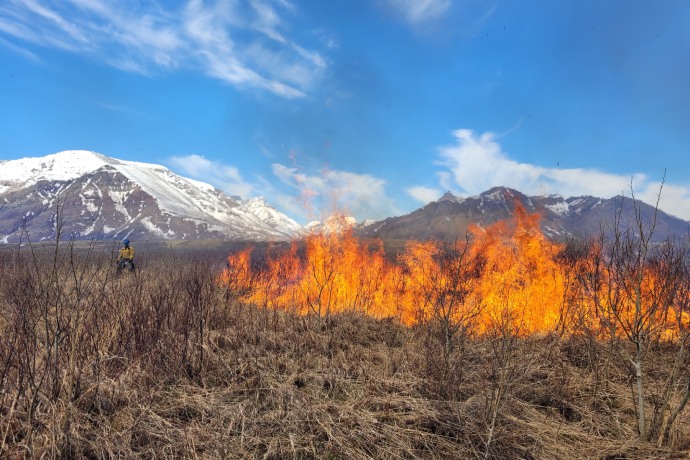

Reducing risk of wildfire, protecting communities
Our fire specialists receive training to manage and fight wildfires. Parks Canada has similar roles and responsibilities as provincial and territorial wildfire agencies do. Together, we protect communities, infrastructure, and neighbouring lands. We use prescribed fires to remove the build up of plant materials that can fuel wildfire. This, in turn, helps:
- reduce the intensity and severity of potential wildfires
- slow the spread of wildfires
- make it easier to control or extinguish wildfires
Wildfires can negatively affect the ability of forests in protected areas to store carbon. View our carbon atlas to learn how protected areas capture, store, and release carbon.
Watch how Parks Canada reduces the risk of wildfire at Prince Albert National Park.
A multitool for creating healthy ecosystems
Read below to learn how Parks Canada is using prescribed fire to restore balance to 3 types of ecosystems.
Mixed forest
Staff at La Mauricie National Park in Quebec have been using prescribed fires for over 30 years. Historic logging practices, disease, and fire suppression greatly reduced populations of white and red pine. Fire can be important for helping to increase white and red pine regeneration by improving soil properties and canopy opening. Data shows that pines regenerate the most in moderate severity burns.
This level of fire is also ideal for removing competitive tree species, while allowing mature pines to stay. Fire creates a vegetation mosaic of different ages and types. This provides a rich variety of habitats that supports many species of insects, mammals, and birds.
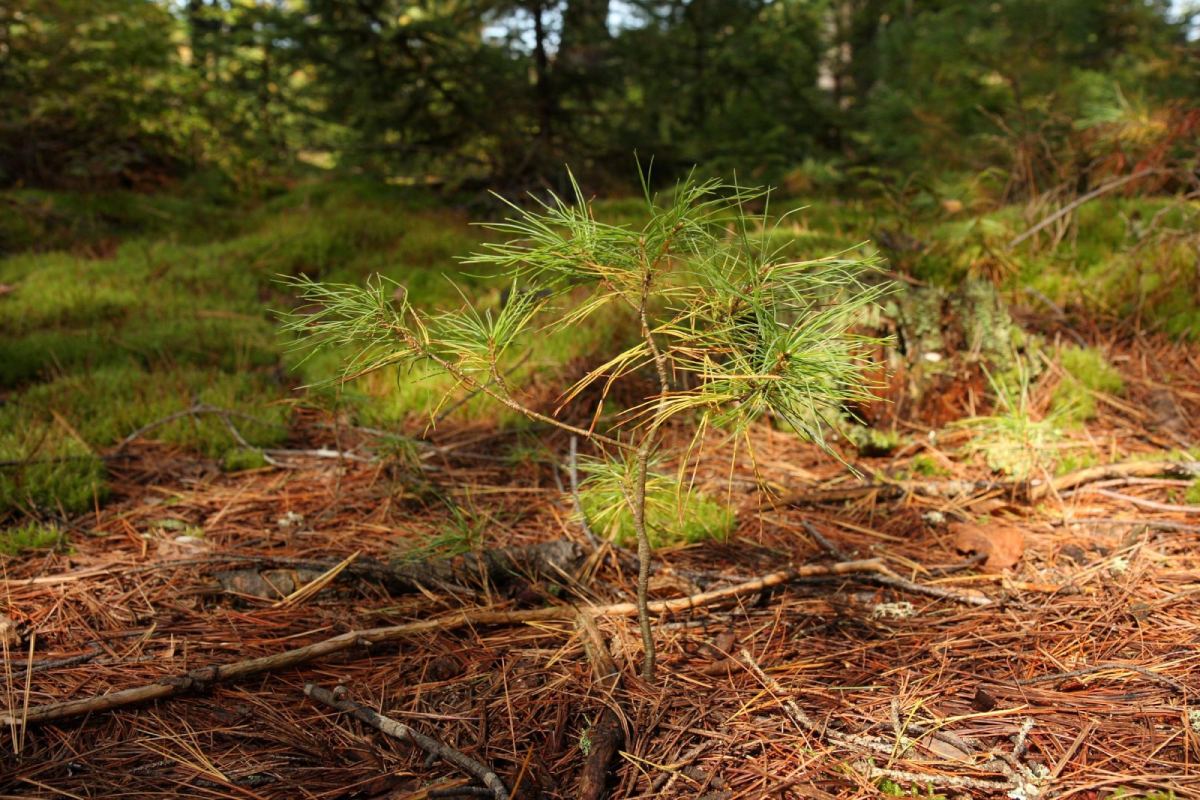
Staff follow up regularly to evaluate the success of the projects. Some benefits are seen within a few days after the fire, while others may not be seen for a few years.
There are many stages required when evaluating the results. To be sure we achieved the desired results, sometimes we need to revisit the area to make sure the prescribed fire is really successful. This can include prescribing more burns, pruning, or removing competitive tree species that regrow.
Understanding how fire behaves across different forest ecosystems and weather conditions is a science. Watch how Parks Canada uses prescribed fires to revitalize the forest at La Mauricie National Park:
Fire revitalizes the forest near Modène Lake
Text transcript
We stimulate white pine regeneration near Modène Lake through a prescribed fire
Carried out in 2021 in La Mauricie National Park.
A prescribed fire is a fire that is planned, lit and managed by specialists.
At Modène Lake, the crew used barriers like the parkway
and set up fire breaks to delineate the perimeter of the fire.
For maximum safety, the crew sprayed the roadside with plenty of water
and cut down dangerous trees after the fire in deciding to implement the prescribed fire,
the specialists have analyzed.
The weather forecast and data from this station
among other things to ensure that the wind would lift and disperse the smoke.
The weather station is protected y a fence to prevent surprise visits!
About 2 to 3 days in advance, the crew was able to predict whether the right conditions were going to come together
so that the prescribed fire could achieve the intended ecological objectives.
Thanks to Parks Canada's conservation and restoration program,
we stimulate white pine regeneration in the Modène Lake sector!
1:19 Like. Comment. Share.
pc.gc.ca/parksinsider
Parks Canada
Canada
Prairie grasslands
Many diverse ecosystems span the land at Riding Mountain National Park in Manitoba:
- Boreal and mixed wood
- Oak woodland
- Aspen parkland and prairie grassland
Without regular fires, the prairie grassland ecosystem is shrinking quickly. Prolific shrubs and aspen are smothering areas where prairie grasses and oak saplings grow. Parks Canada prescribes low to moderate intensity fires in Riding Mountain to knock back this encroaching vegetation.
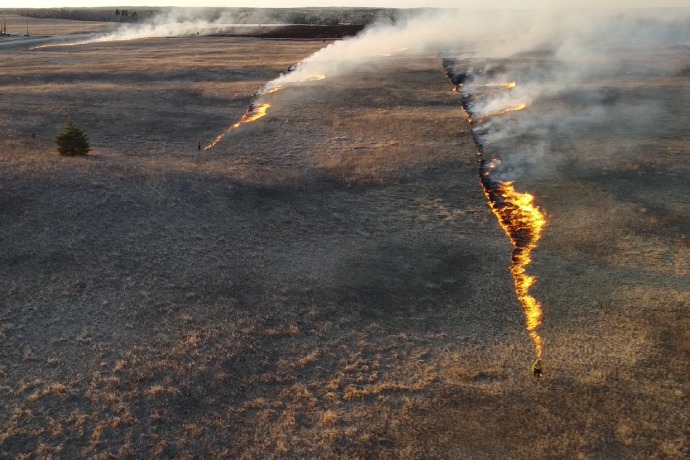
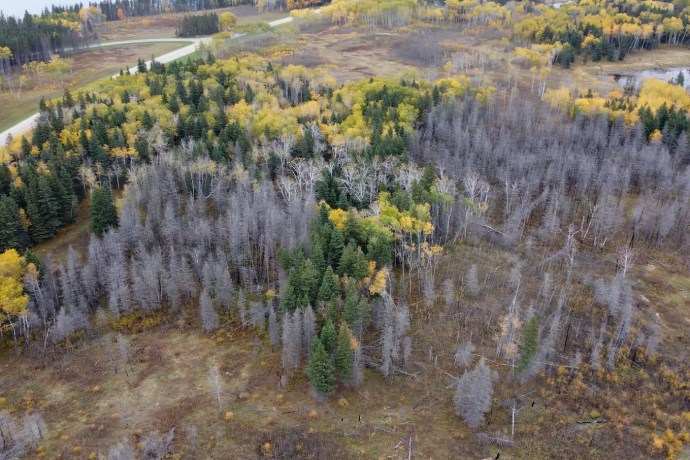
By creating space for new growth, staff are improving ecosystem health. Elk and other grazers benefit from eating fresh regrowth after a fire. Many birds prefer newly created habitats, like the Sharp-tailed Grouse, and the at-risk Golden-winged Warbler, Olive-sided Flycatcher, and Red-headed Woodpecker.
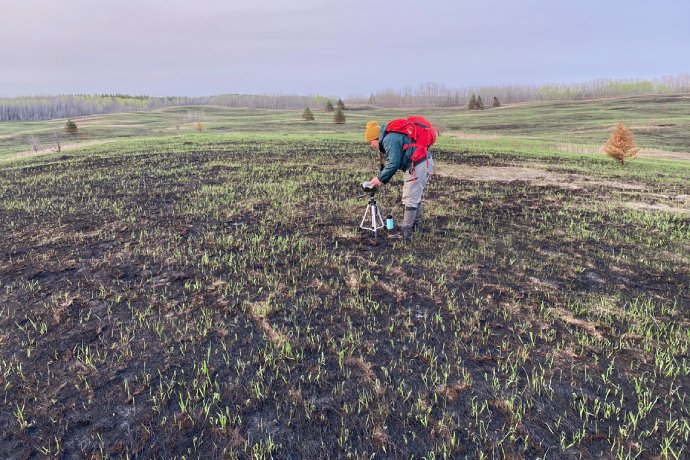

Many species aren't as well adapted to high intensity fires. These fires can burn the organic soil layer, not just the vegetation and debris laying on the forest floor. This can sterilize the soil making it difficult for natural species to come back to. Low to moderate intensity fires are more favorable for vegetation regrowth.
Parks Canada also prescribes fires to prevent large wildfires in the summer. Staff burn woody debris by igniting smaller low to moderate intensity fires in the spring under more favorable conditions—prescribed fires and tree thinning help protect neighbouring townsites from wildfires.
From prairie to alpine
Waterton Lakes National Park in Alberta is a park of extremes. It boasts prairie grasslands and alpine mountain ecosystems within a few kilometers of each other. Parks Canada uses prescribed fires to restore and maintain these habitats.
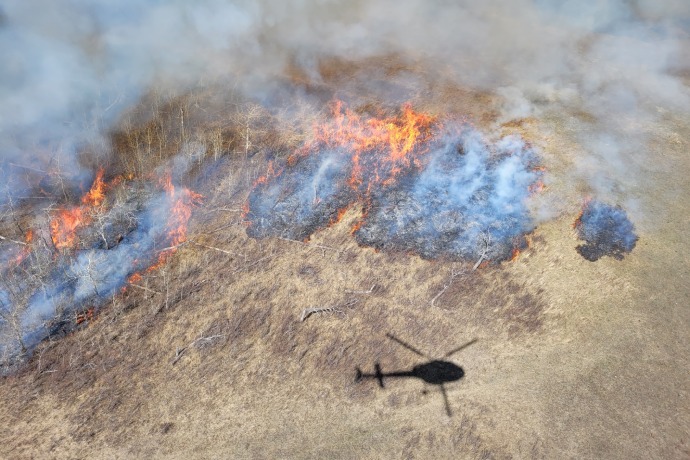
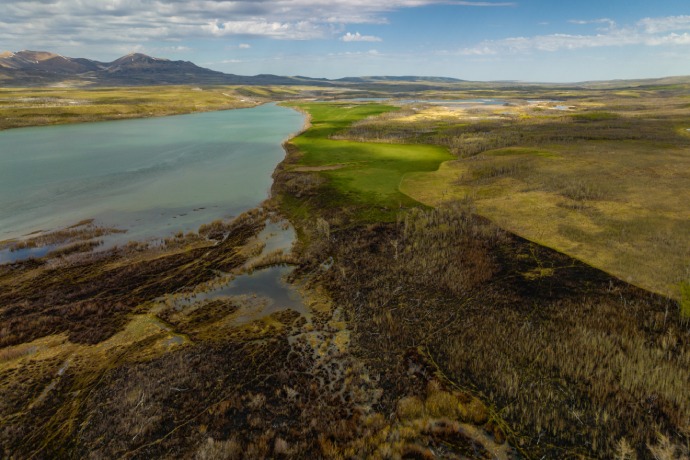
The endangered Whitebark Pine and the at-risk Limber Pine are important keystone species in mountain ecosystems. Decades of suppressing fires have negatively impacted the health of these trees, and both species are highly threatened. Alpine fir and some species of spruce are moving into pine habitat, and Blister Rust is causing grave declines as well.
The pine trees have a complicated interplay with fire. Fire is a disturbance that creates habitat for Whitebark Pine. Yet these trees are not immune to the destructive force of high intensity fires. Parks Canada prescribes low intensity fires to restore this habitat, giving them space to grow. However, it is not always possible to ignite fires around these valuable trees.
Fire Management staff use fire and manual thinning to remove vegetation and create and improve habitat for Whitebark Pine. By creating buffers around tree stands, the likelihood of a wildfire negatively impacting high value stands is reduced.
These techniques also create a mix of tree species of different ages on the landscape. Certain patches of vegetation are more resistant to burning during different parts of the fire season. For example, grasslands burn readily in the spring and early fall, whereas dense forests tend to be more volatile in the summer. This diversity results in more resilient ecosystems.
Creating gaps or breaks in the forest provides an opportunity for fires to stop on their own. It also reduces the amount of fuel available for fires.
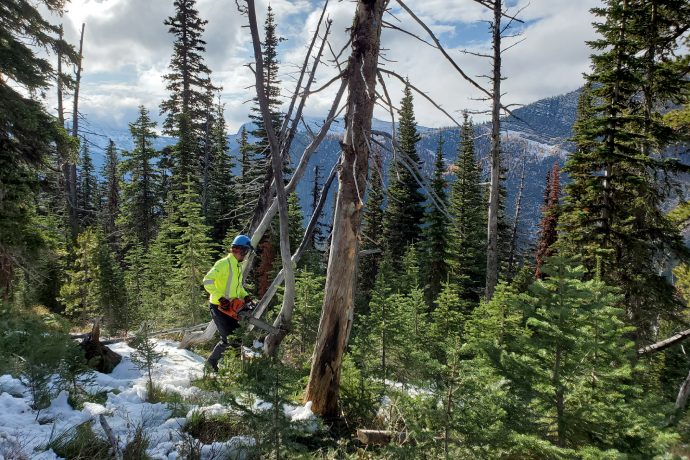
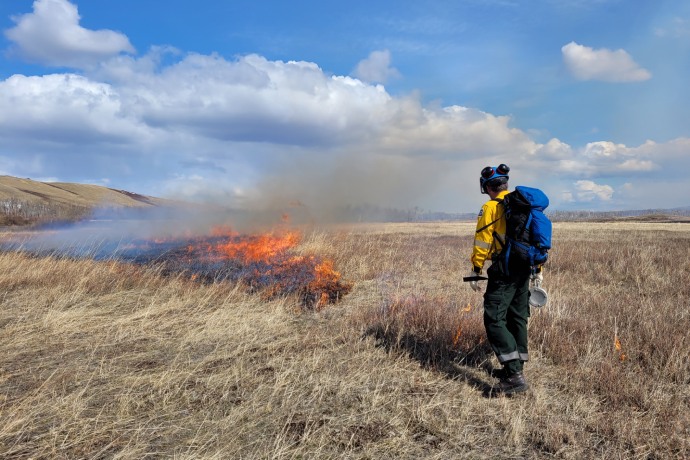
Think of a tightly packed forest made up of trees that are all the same height and age. A fire burning on the surface easily moves up into the tree tops and across the landscape. More fuel means a fire will burn hotter and spread faster.
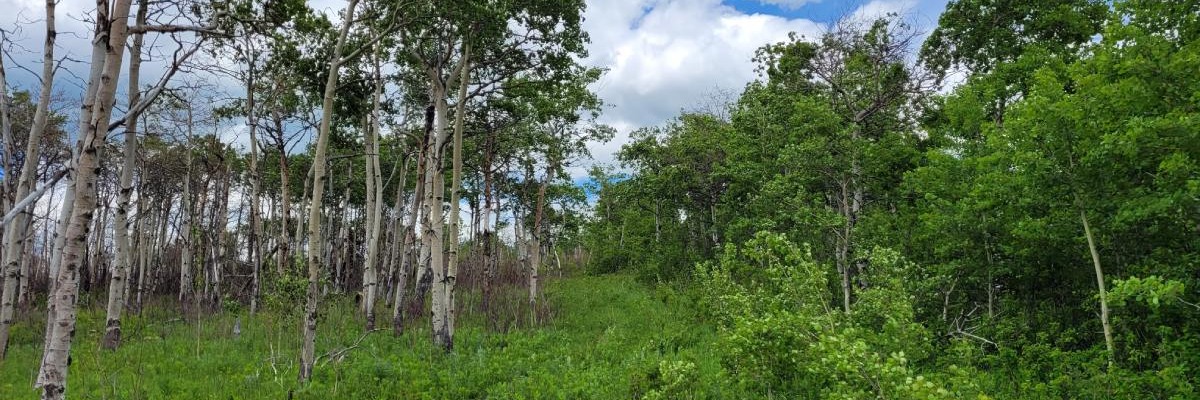
How you can help
There are lots of ways that you can play a role in the defense against wildfires:
- Enjoy safe campfires, don’t leave campfires unattended
- Before leaving your campfire, soak it, stir it, and soak it again, until it is cool to the touch
- Check the fire danger before you burn, and observe any fire bans or restrictions in place
- Increase your property’s resilience to fire using FireSmartTM principles
- It’s not just littering: tossing your cigarette butts can cause wildfires
- Check out this video playlist to learn more about prescribed fires at Parks Canada
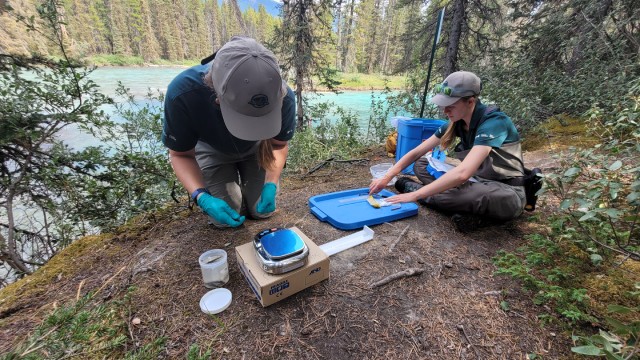
Nature in your inbox
Get our latest nature and science stories, travel tips, and more.
- Date modified :